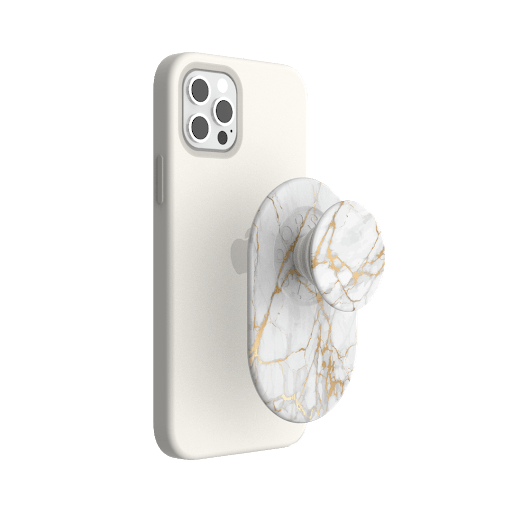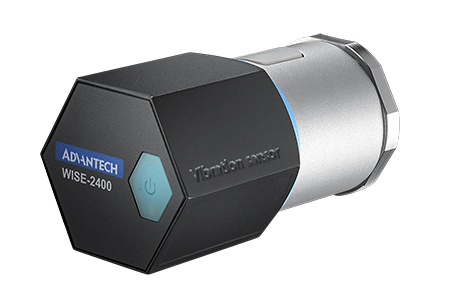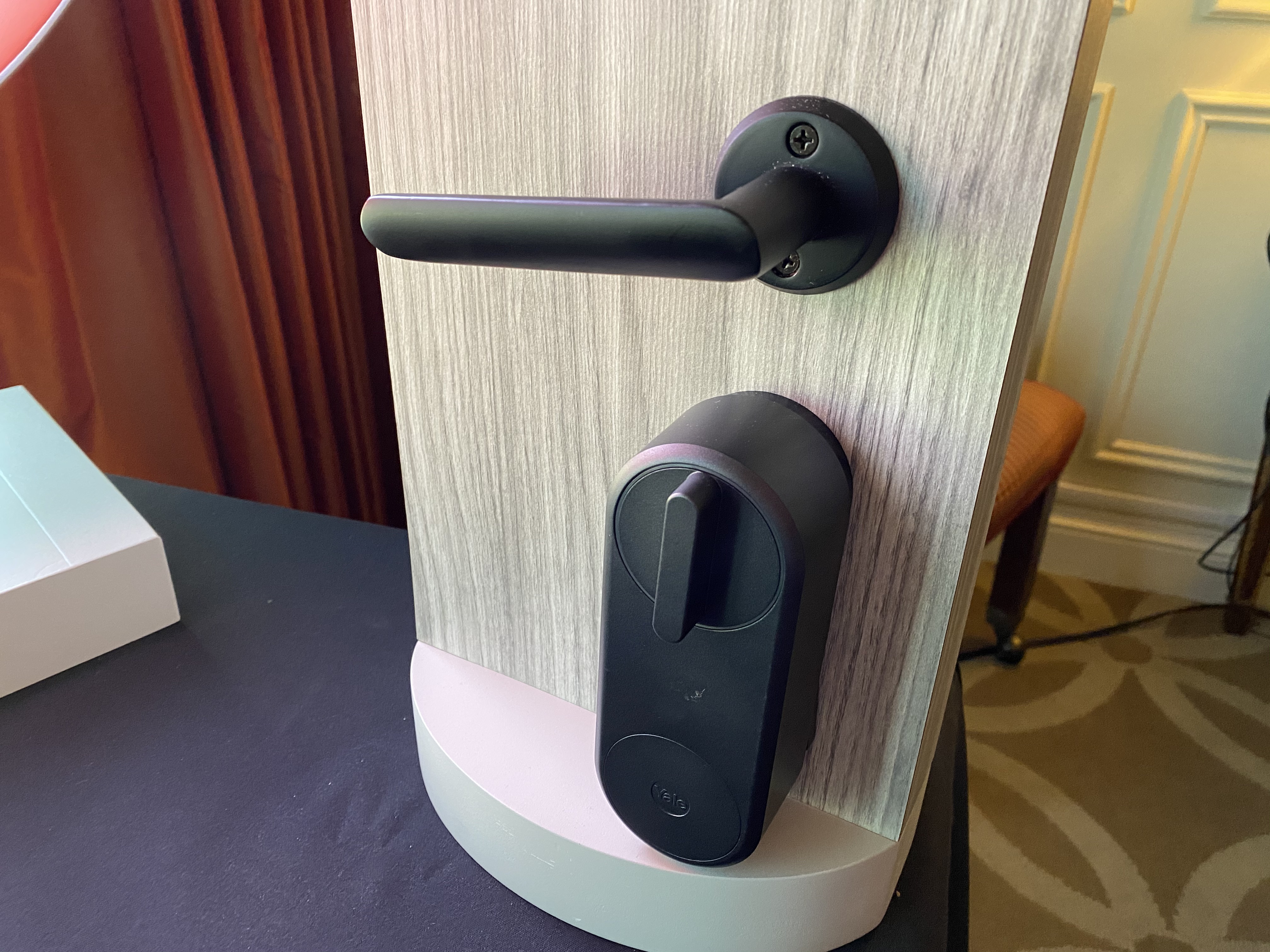For the past three years, the Taiwan Ministry of Science and Technology (MOST) has brought startups to CES . This year, its virtual pavilion, organized with Taiwan Tech Arena, is hosting 100 startups, organized into five categories: Smart Living, Tech for Good, Cybersecurity and Cloud, Healthcare and Wellness, and Mobility Tech. During two press events, 24 startups previewed their CES presentations, giving a sneak peek at what the pavilion will showcase.
In a press conference on Sunday, MOST’s head, Wu Tsung-tsong, said the pavilion’s goal is to help startups expand into more markets and find international investors. “Investing in Taiwanese startups means investing Taiwan,” he added.
Startups that presented during Taiwan Tech Arena’s press conference on Sunday:
All Good Energy provides an open platform for electric vehicle batteries that enables IoT functionality and constant communication with the cloud. This allows users to monitor battery performance and how much charge is left. Its open platform provides access to battery data through APIs and has been integrated into cargo fleets in Taiwan.
Aiphas says on average, nurses need to take care of nine patients at once, answering dozens of calls. The startup makes a smart ward solution, with a plug and play smart nurse call system called Aipha Call that helps them respond faster. Another feature, called Aipha-Eye, detects emergencies like fires or falls. The system can be deployed in five days. Aiphas has developed relationships with six top hospitals in Taiwan and is currently used in National Taiwan University Hospital’s Bei-Hu Branch.
Crypto-Arsenal is a cloud-based automatic crypto trading platform that lets users develop, backtest, simulate and live-trade their algorithmic trading strategies. To reduce trader risk, it uses smart contracts on the blockchain so traders only need to pay developers when they get profits. The platform is in public beta, with 700 users so far, who have made $10,000 USD in profit in three trading competitons. Crypto-Arsenal is partnered with National Taiwan University and sponsored by Binance, and will officially launch in the second quarter of 2021.
Koup makes performance wear with the aim of “circularity”—in other words, it uses recycled materials that can be recyled back into usable material in the future. Koup launched on Kickstarter with the Cinnamon shirt. Each one uses material from eight plastic bottles that is turned into pellets before being spun into fiber and cinnamon as a natural antimicrobial to eliminate order.
Uniigym provides an interactive fitness service with more than 1,000 fitness classes that can be streamed online, through smart TVs or internet set-top boxes, and community features. It offers two products: Uniihome, fitness classes for home workouts, and Uniicube, which creates virtual environments with a projector. Currently available in Taiwan, it will launch internationally this year.
Startups that previewed during a keynote on Tuesday
Mobility
3Drens is a data-driven IoT platform for commercial fleet owners, including logistics and vehicle rental. It enables asset management, preventative maintenace, driver behavior optimization and itinerary management. The platform is customizable and includes open data to improve operational efficiency and reduce costs.
GenkiTek offers driver monitoring system that can detect potential distractions like eating, drinking or phone calls and send alerts to companies and drivers to reduce accidents. It has collected hundreds of thousands of driver images to train its AI system’s deep neural net for analyzing driver behavior.
Dartrays’ WHUD II is a windshield HUD (heads up display) with a patented optical path design. It can project images up to two to three meters, and is small enough to be installed as an after-market device. It projects information to help drivers see information without taking their eyes off the road.
Spatial Topology Technology develops location tech for mobile. It claims to have the largest map pool for indoor positioning in the e-commerce industry. Its solutions help brands develop their offline-to-online strategies, since many people go window shopping offline, checking out products before buying them online. The platform analyzes repeating customer behavior and includes brand engagement tools like geotargeted reward programs.
Health care and wellness
CloudMed makes iCare, an 8-in-1 sensor that can detect eight biometrics, including body age, heart rate, pulse wave transit time, dialostic and systolic blood pressure, oxygen saturation and tiredness and stress levels, using PPG optical sensors and ECG electrodes.
OFLO is a cloud-based walkie-talkie created for frontline workers that can’t look at screens while doing their jobs. OFLO is what the company describes as the world’s first dual-bone conduction wearable device, and unlike traditional walkie talkies, covers longer distances, has unlimited channels and is connected to software with auto-logging, transcription and cross-platform communication features.
Pulxion is a “personalized mobile hospital” that detects the warning signs of strokes. Meant as a first-line screening device for patients, it uses motion analysis, monitors pulses and performs neck scans to gauge a user’s risk of stroke.
Cybersecurity and Cloud Solutions
ArcRan’s iSecV box is a vehicle-to-everything (V2X) cybersecurity solution that monitors radio frequency signals, including WiFi, Zigbee, cellular V2X and dedicated short-range communicaitons to detect abnormal behavior. It gives warnings if anything is amiss, and is meant to make smart cities safer without affecting existing infrastructure.
Avalanche Computing offers a performance-optimized workflow for AI experts at SMEs, helping them redesign algorithms and deploy AI models. It can train AI models in parallel or distributed models on multiple GPUs.
I.X R2’s product is a wireless secure ebadge with a cryptokey inside, combining physical keys and software. The 3-in-1 badge features log-in authentication, data encryption and door entrance. Users own their cryptokeys, so they can manage door entrances and security with one platform.
Tresl is an e-commerce analytics platforms for brands on Shopify, designed to give them the same kind of insight as larger retailers so they can increase repeat revenue. It features pre-built segmentation and actionable insights.
TECH FOR GOOD
Ganzin is an AI-based eye tracking solution for integration into AR/VR devices and smart glasses. The lightweight, compact module is powered by Qualcomm XR or Ganzin’s in-house processor.
NUWA Robotics Platform’s Kebbi Air is an AI-based social robot that comes with a development platform to let brands create interactive content for it. Aimed at kids, it is currently used in 600 schools in Taiwan for STEAM and language education. The robot recognizes faces, objects, gestures, sound sources, voice and environmental context.
PlayNitride’s micro LED displays boosts 60% transparency and can be used for automotive displays, wearable devices and monitors.
Honeywld’s MyGuardian is a wearable for automated fall alerts. It is meant to help nurses and personal assistants working with elderly people in nursing homes, care centers or hospitals provide 24-hour monitoring.
Smart Living
FiduciaEdge helps smart cities keep data private by enhancing the security level of edge devices. Use cases include smart city transportation systems and manufacturing.
Eleclean‘s Share disinfectant devices feature replaceable bottles that turn water into disinfectant with hydrogen peroxide and hydroxl radicals. The bottles are paired with an intelligent control base and has built-in NFC so users can check the disinfectant’s expiration date or how many times it can still be used by scanning it with a smartphone app.
Goama allows developers to integrate casual e-sport games into their apps to boost engagement, reduce customer acquisition costs and increase brand awareness.
Interxie creates energy storage systems for homes that integrates with new or existing renewable energy systems to manage power, avoid outages and adjust energy power usage. It can also help reduce energy costs by integrating with battery systems.


























 PopPower Home is available today exclusively
PopPower Home is available today exclusively 